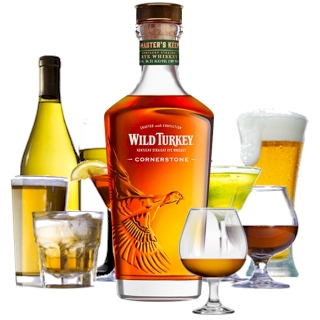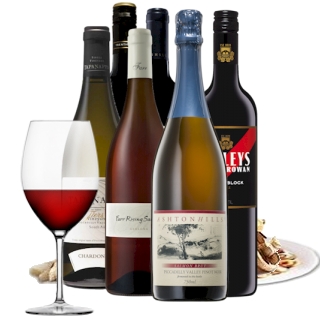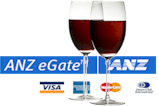












Seabrook Wines is an artisan winemaker who works with growers to source exceptional fruit from the top regions around Australia and make premium wine to sell both domestically and into the international market. The business is family owned and operated out of the Barossa Valley where their estate vineyard and winery is located at the base of Menglers Hill in Tanunda. Since their first vintage in 2005 Seabrook wines have been awarded Haliday’s 5 star rating for the winery as well as several wine show medals.
WJ Seabrook started a wine brokers business in Melbourne back in 1878 assessing wine from many regions of Australia. His son T.C. followed his father as an acclaimed judge for 35 years and began working at the family wine business. Typically, the trade was in hogsheads, but wicker-covered, ceramic demijohns and special bottles of wine were also sold direct to the public.
After 1940 W. J. Seabrook & Son evolved more along the lines of a classic English wine merchant. The firm imported and exported wines, and began to produce it’s own blends under the Seabrook label. T.C.’s son, Doug continued in the family wine business and was chairman of judges at the RMWS for more than 30 years. Doug’s son, Iain took the family baton and worked in the family business from 1964. Douglas, who suffered from the effects of poliomyelitis, sold the family business in 1976 and retired, but this was not the end of Seabrook wines.
Seabrook Wines re-launced itself in 2005 after several years lying dormant. Fifth generation winemaker, Hamish Seabrook has revitalised the old 1878 family label and as his forefathers did, is hand sourcing fruit from some of the best regions Australia has to offer, which to date includes shiraz from both the Pyrenees in Victoria and the Barossa Valley, South Australia.
Hamish studied winemaking at Roseworthy and has worked as winemaker at Bests Wines Great Western, Senior Winemaker/winery manager at Brown Brothers Milawa, and is currently working as winemaker at Dorrien Estate in the Barossa as well as managing Seabrook wines with his wife Joanne.
Hamish is the proud recipient of the Dux Len Evans Tutorial and judges regularly at several shows around Australia including the Royal Melbourne Wine Show, Sydney, Canberra, Adelaide, Rutherglen, Seymour, and several additional regional shows. The Seabrook Clan have set an all-Australian record in wine judging at Royal Melbourne Wine Show with five generations as a wine judge, three of which have served as chairman of judges.























